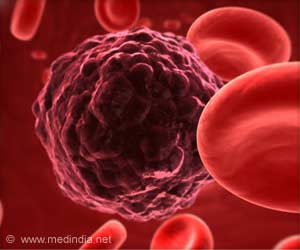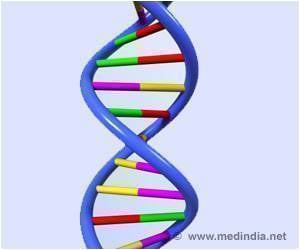Contrary to popular belief, more number of brain connections lead to miscommunication among the neurons and makes learning difficult, reports study.

‘Mouse models who had their RNF8 gene knocked out in the neurons of their cerebellum formed 50% extra working neuron connections in the brain.’





"This study raises the possibility that there may be too many synapses in the brains of patients with autism," said senior author Azad Bonni, MD, PhD, the Edison Professor of Neuroscience and head of the Department of Neuroscience at Washington University School of Medicine in St. Louis. "You might think that having more synapses would make the brain work better, but that doesn't seem to be the case. An increased number of synapses creates miscommunication among neurons in the developing brain that correlates with impairments in learning, although we don't know how." Autism is a neurodevelopmental disorder affecting about one out of every 68 children. It is characterized by social and communication challenges.
Among the many genes linked to autism in people are six genes that attach a molecular tag, called ubiquitin, to proteins. These genes, called ubiquitin ligases, function like a work order, telling the rest of the cell how to deal with the tagged proteins: This one should be discarded, that one should be rerouted to another part of the cell, a third needs to have its activity dialed up or down.
Patients with autism may carry a mutation that prevents one of their ubiquitin genes from working properly. But how problems with tagging proteins affect how the brain is hardwired and operates, and why such problems may lead to autism, has remained poorly understood.
To understand the role of ubiquitin genes in brain development, Bonni, first author Pamela Valnegri, PhD, and colleagues removed the ubiquitin gene RNF8 in neurons in the cerebellum of young mice. The cerebellum is one of the key brain regions affected by autism.
Advertisement
The cerebellum is indispensable for movement and learning motor skills such as how to ride a bicycle. Some of the recognizable symptoms of autism - such as motor incoordination and a tendency to walk tippy-toed - involve control of movement.
Advertisement
The researchers trained the mice to associate a quick puff of air to the eye with the blinking of a light. Most mice learn to shut their eyes when they see the light blink, to avoid the irritation of the coming air puff. After a week of training, mice with a functioning copy of the gene closed their eyes in anticipation more than three quarters of the time, while mice without the gene shut their eyes just a third of the time.
While it is best known for its role in movement, the cerebellum is also important in higher cognitive functions such as language and attention, both of which are affected in autism. People with autism often have language delays and pay unusually intense attention to objects or topics that interest them. The cerebellum may be involved not only in motor learning but in other features of autism as well, the researchers said.
Of course, there is a world of difference between a mouse that can't learn to shut its eyes and a person with autism who struggles to communicate. But the researchers said the findings suggest that changing how many connections neurons make with each other can have important implications for behaviour.
Since this paper was written, Bonni and colleagues have tested the other autism-associated ubiquitin genes. Inhibition of all genes tested cause an increase in the number of synapses in the cerebellum.
"It's possible that excessive connections between neurons contribute to autism," Bonni said. "More work needs to be done to verify this hypothesis in people, but if that turns out to be true, then you can start looking at ways of controlling the number of synapses. It could potentially benefit not just people who have these rare mutations in ubiquitin genes but other patients with autism."
Source-Eurekalert













